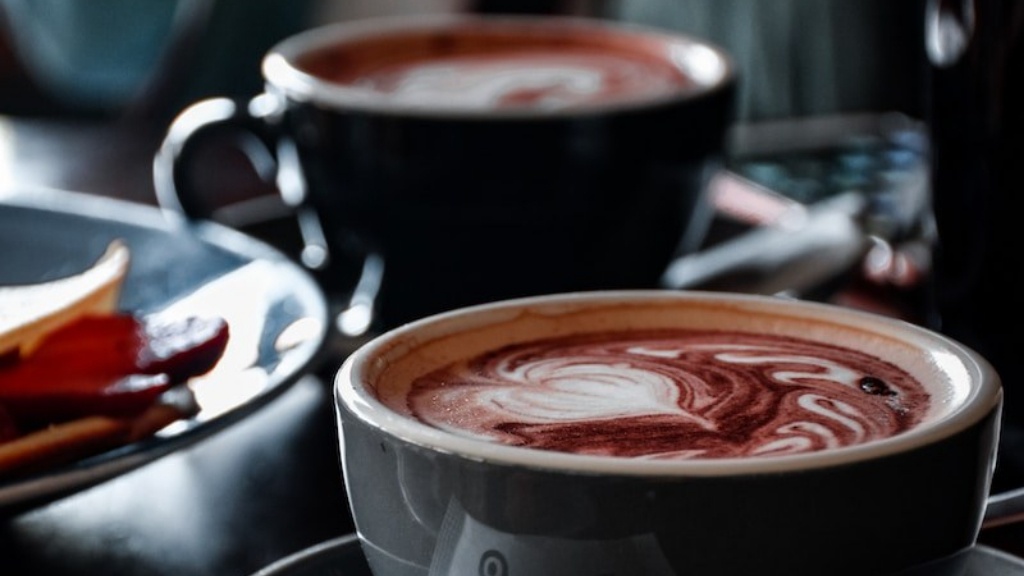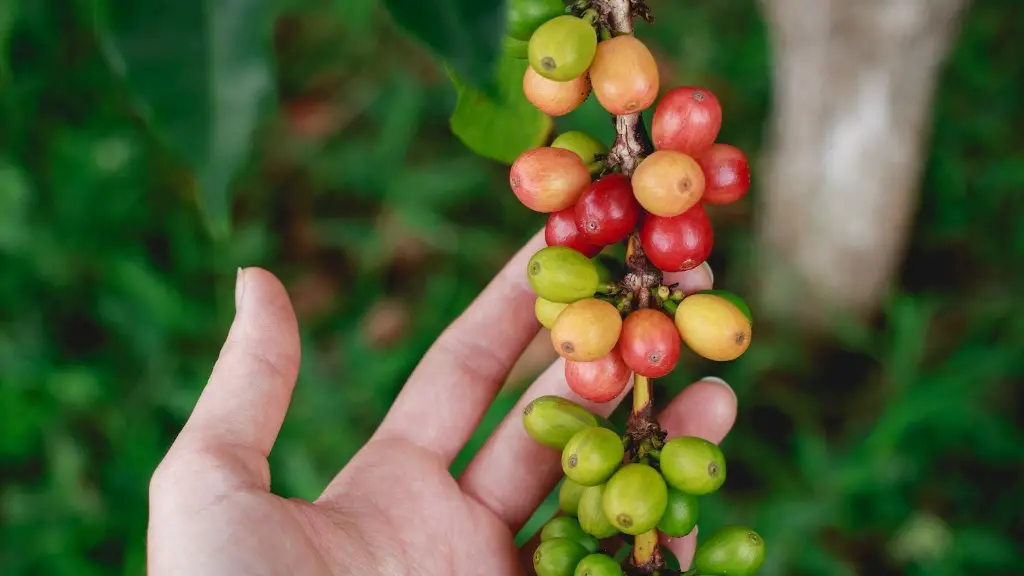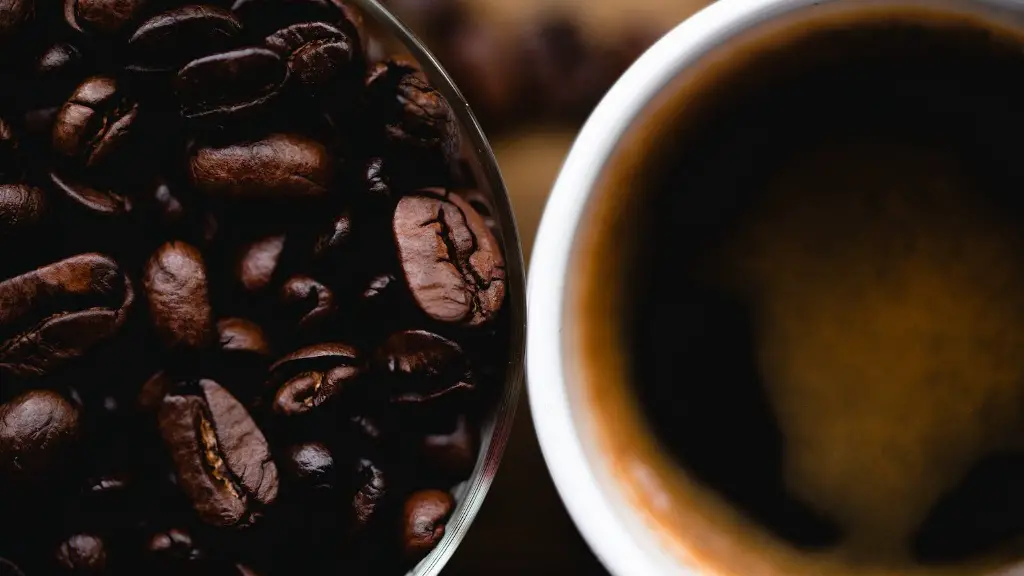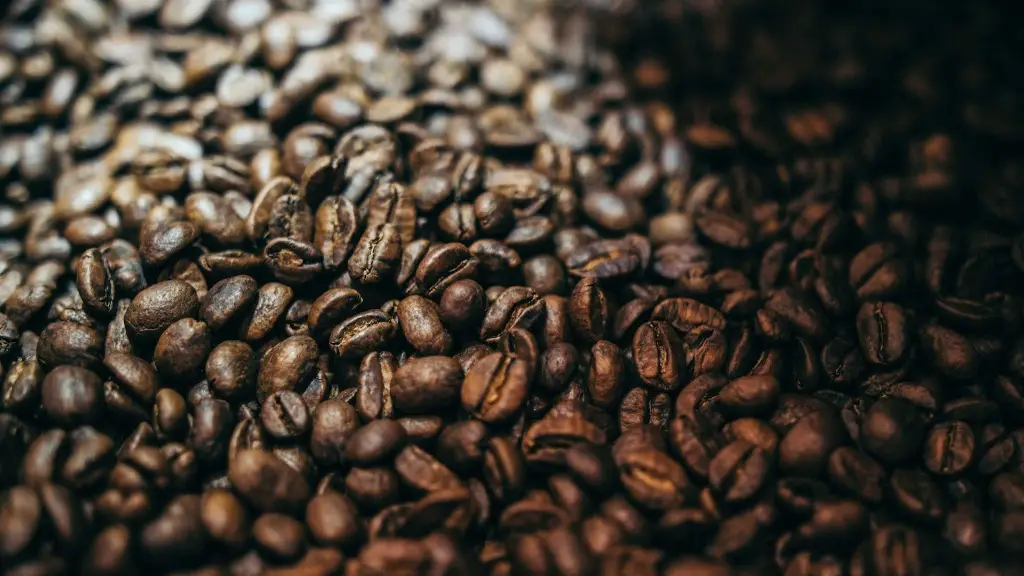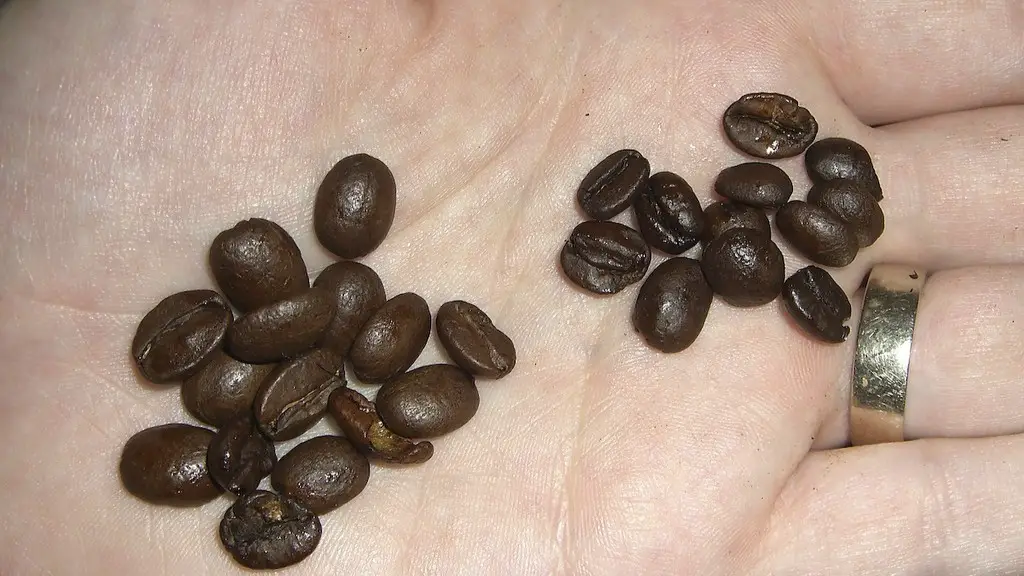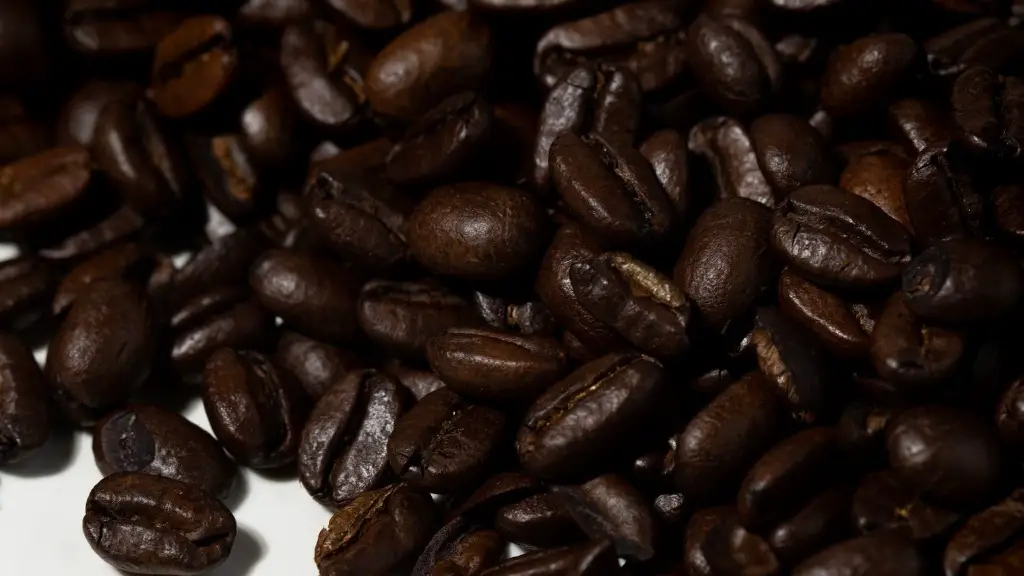The world has been fascinated with Lorelai Gilmore’s coffee obsession since the hit show Gilmore Girls premiered in 2000. Throughout the show’s seven-year run, viewers followed along with her coffee-filled antics and got to see her brew almost an endless supply of the hot beverage throughout her everyday life. We can all learn a thing or two from Lorelai about how to make and appreciate the most of our daily cup of joe. But what would Gilmore say about how much coffee the average person should be drinking?
Lorelai’s never-ending caffeine intake speaks to the fact that we in America consume plenty of coffee. According to the National Coffee Association, as of 2019, 64% of American adults drink at least one cup of coffee a day. That number is up from 62% in 2017, which suggests Lorelai’s influence in popular culture.
But how much should one be drinking? According to the FDA, 400 milligrams of caffeine is a safe amount for healthy adults. That translates to roughly 4 cups of coffee daily. However, many nutritionists and health professionals advise that people consume no more than 2-3 cups of coffee per day.
Dr. Ka Fukuda, a certified health nutritionist, explains that drinking too much coffee every day can increase cortisol levels, which leads to stress, dehydration, and can interfere with a good night’s sleep. She suggests that if you’re drinking more than two cups of coffee, you’re probably drinking too much.
Coffee itself is not a bad thing; it can even have positive effects when it’s consumed in moderation. Dr. Fukuda explains, “Regular coffee consumption has been associated with improved concentration, alertness and general well-being, as well as a reduced risk for developing certain cancers, heart disease and type 2 diabetes, among other benefits.”
In order to reap the benefits and boost your energy in the mornings, a cup of delicious, freshly brewed coffee is the way to go. If brewed correctly, a cup of Joe can even calm the nerves and help you stay focused throughout the day. Lorelai would likely approve of the idea of getting your caffeine fix from a cup of freshly brewed black coffee instead of a sugary, chemical-filled energy drink.
Coffee Substitutes
For those who don’t want the extra caffeine that comes with drinking coffee, there are plenty of alternatives. Many health experts suggest substitutes such as green tea, herbal teas, and mate tea as alternatives to coffee. All of these contain some levels of caffeine, but they tend to be lower than coffee. Green tea, in particular, is known to be rich in antioxidants, which can boost metabolism and help with weight loss.
Some people may also choose to opt for decaffeinated coffee, which typically has less than 1mg of caffeine per cup. While it’s a great way to get a fix of coffee flavor without the caffeine, critics suggest that decaf coffee can carry its own set of health risks. Furthermore, drinking decaffeinated beverages still exposes you to some of the chemicals used in the decaffeination process.
For those who are looking for a way to get the coffee flavor without the caffeine, alternatives such as chicory or espresso shots can be found at specialty stores. Chicory is made from the root of the chicory plant, is said to have a slightly sweet and pleasant taste and is known to be a healthy alternative to standard coffee. Similarly, espresso shots are made by forcing pressurized hot water through finely ground coffee beans and they contain less caffeine than regular coffee.
Conclusion
It’s clear that, while Lorelai Gilmore might be drinking more than the average person in terms of cups of coffee each day, it’s wise to remember that caffeine isn’t always the most sensible choice when it comes to energy and focus. When handled properly and consumed in moderation, however, a cup of joe can be just the thing to help kick-start our days.
Coffee Culture
Coffee is a global phenomenon. Whether it’s a cup of joe served up in a vintage diner or an esophageal latte in a trendy European café, the presence of coffee is undeniable. Yet, depending on where you are, the way you drink coffee might be totally different. In Italy, for instance, espresso is the norm; whereas in the US, you’re more likely to be served a standard drip cup.
Coffee has become a lifestyle for certain parts of the world, and plays an important role in social and business activities. “There’s something special about taking a coffee break,” says Amy Thomas, coffee enthusiast and founder of the popular coffee blog Coffee Culture. “It gives you a chance to take a breather and reflect on your day.”
Coffee culture has come a long way since its early days. There is a wide variety of coffee to choose from, and the industry is ever evolving. Boutique coffee shops are popping up in the US, offering rich espresso-based drinks that tantalize the taste buds. Or, for a fuller indulgence, try one of the signature drinks from Starbucks. With flavors ranging from caramel macchiato to java chip, there are enough options to keep you coming back for more.
No matter your taste, a quality cup of coffee can be obtained just about anywhere. Whether it’s brewed fresh at home or purchased at a favorite coffee shop, quality java is sure to put a smile on your face.
Cost of Coffee
When it comes to coffee, the cost is something to consider. Depending on where you live, the price of a cup of coffee can vary. For instance, a cup of coffee in the US can range from $1 to $5. In Europe, pricing can reach as high as €8 or more.
Cost is also something to consider when it comes to the coffee-drinking habit. According to recent research, the average person spends an average of $735 per year on coffee. That means four coffees per week with a per-cup price of $2.50 would equate to $6,000 spent over the course of 10 years. That’s one expensive habit!
The best way to save money on coffee is to head to the grocery store. Buying coffee in bulk is an economical way to keep your coffee habit going without breaking the bank. Or, if you’re feeling crafty, you can use coffee pods to make your own custom-brewed coffee at home.
No matter your approach to coffee, one thing is for sure: Lorelai Gilmore’s coffee obsession has left a lasting impression on the world of coffee. From chain coffee shops to small mom-and-pop coffeehouses, quality java is easy to come by. And there’s nothing wrong with a little Lorelai-style indulgence every now and then!
Impact of Coffee on the Environment
When it comes to coffee, the effect on the environment must not be overlooked. Coffee production is a labor-intensive and resource-intensive process, and the environmental impact of this activity can be significant.
Coffee production requires a lot of water, and large-scale operations often draw water from local water sources without replenishments. This can lead to water shortages in the region and disrupt the natural water cycle.
Coffee cultivation also has the potential to create air and soil pollution, as well as deforestation. Coffee farms use a variety of chemicals, such as fertilizers, that can run off into local water supplies. Moreover, deforestation of land to make room for coffee farms can lead to loss of habitat.
Fortunately, many of the world’s leading coffee companies are making efforts to reduce the environmental impact of their operations. This includes initiatives such as conserving water, reducing fertilizer and pesticide use, and promoting sustainable farming practices.
Smaller coffee companies, such as independent roasters, are also making strides to reduce the environmental impact of their operations. These companies are increasingly sourcing their beans from certified organic farms, which greatly reduces the negative impact of the production process.
The Future of Coffee
It’s an exciting time for the coffee industry. With more people than ever before drinking coffee, the industry is continuing to expand and become more diverse. New brewing methods, roasting techniques, and flavor combinations are being explored, giving consumers more options than ever before.
A major trend right now is the growth of craft coffee. Craft coffee is made by small, independent roasters that focus on the quality of their beans, unique flavor profiles, and sustainability.
Another popular trend is that of cold brew coffee. Cold brew offers a smoother and more refreshing flavor than traditional hot coffee. Plus, it is a popular choice for those looking for a low-calorie option.
Finally, the ubiquity of single-serving options, such as K-cups and Nespresso capsules, is also contributing to the growth of the coffee industry. These single-serve options offer convenience, meaning consumers no longer have to sacrifice flavor for the sake of ease.
No matter your preference, one thing is for sure: there is an abundance of coffee-drinking options out there, and this trend is only set to increase in the future.
